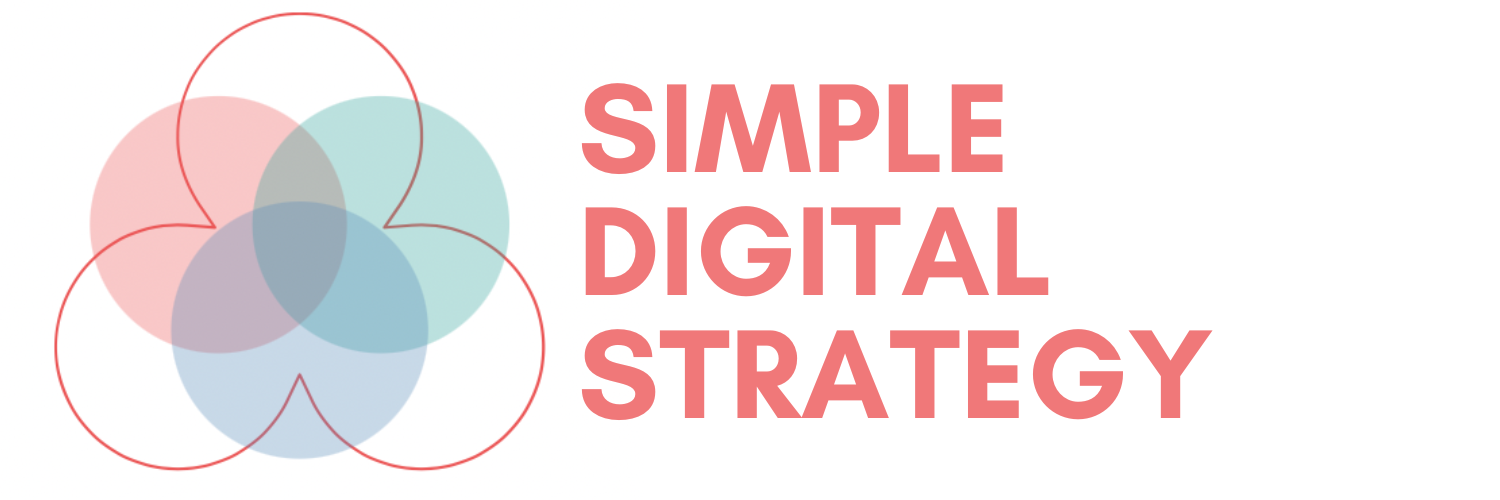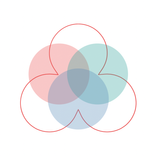Audience Segmentation in Digital Marketing
praying the same message to everyone doesn’t work anymore. This article breaks down what audience segmentation really means in digital marketing—and how smart brands use it to create content that feels personal, relevant, and drives better results.

Most brands create content the wrong way.
They pick a topic.
They write a post.
They blast it to everyone.
However, not every audience member is the same.
And if your content speaks to everyone, it resonates with no one.
Here’s how audience segmentation changes that—and how you can use it to build smarter, higher-performing content.
What Is Audience Segmentation?
Audience segmentation is breaking your audience into smaller, meaningful groups based on shared traits.
Instead of sending one message to everyone, you tailor your content based on:
- Demographics (age, location, profession)
- Behaviours (purchases, downloads, engagement)
- Psychographics (values, motivations, pain points)
- Funnel stage (cold lead, warm lead, customer)
Segmentation helps you speak to the right people at the right time with the right message.
Why Segmentation Matters in Digital Marketing
Without segmentation:
- Your email list feels generic and boring
- Your blog posts feel random and disconnected
- Your social content misses emotional triggers
- Your offers hit people who aren't ready (or have already bought)
With segmentation:
- Content feels personal
- Email open rates and click rates go up
- SEO improves as you create topic clusters aligned to different audience needs
- Conversions increase because you meet people where they are
Need help building segmented content systems?
How to Start Using Segmentation in Your Content Strategy
You don’t need a giant CRM or fancy martech stack to segment.
You need clarity.
Here’s a simple starting point:
1. Segment by Journey Stage
- Top of Funnel (Awareness): People who don't know you or their problem yet.
→ Create content that educates, inspires, and introduces ideas. - Middle of Funnel (Consideration): People are aware of the problem, exploring options.
→ Create content that compares solutions, answers objections, and builds trust. - Bottom of Funnel (Decision): People are ready to act.
→ Create content that converts—offers, case studies, demos, proof.
2. Segment by Behaviour
- Visitors who download a guide → Send nurturing emails tied to that topic
- Customers who bought product A → Send content about the complementary product B
- Readers who engage heavily with SEO posts → Offer an SEO toolkit, not a general guide
Behavioural segmentation uses actions as clues to what someone cares about.
3. Segment by Psychographics
This is about beliefs, desires, and fears—not just demographics.
Examples:
- Value-driven buyers want sustainability and impact stories.
- Efficiency seekers want quick wins, templates, and step-by-step.
- Aspirational buyers want vision, prestige, and success framing.
Understanding these dimensions lets you tailor your headlines, positioning, and offers—even if the demographic data is identical.
Content Segmentation in Practice
Here’s how segmentation shows up across digital marketing:
| Channel | Segmentation Example |
|---|---|
| Send different sequences based on the lead magnet downloaded | |
| Blog | Create a series mapped to beginner vs. advanced readers |
| Paid Ads | Retarget users based on pages viewed or time on site |
| SEO | Build topic clusters for different audience needs |
| Lead Magnets | Offer different assets for different goals (e.g., "SEO Starter Pack" vs "Advanced SEO Audit Checklist") |
Good segmentation isn't about personalisation for personalisation's sake.
It’s about creating relevance, faster.
Final Thought: Smart Brands Don’t Market to Everyone
They segment.
They speak to smaller groups more clearly.
They build deeper trust, faster.
And they grow bigger by thinking smaller first.
Ready to learn how to structure content that matches different audience segments?
👉 Read: How to Create a Simple Content Strategy for Your Small Business





